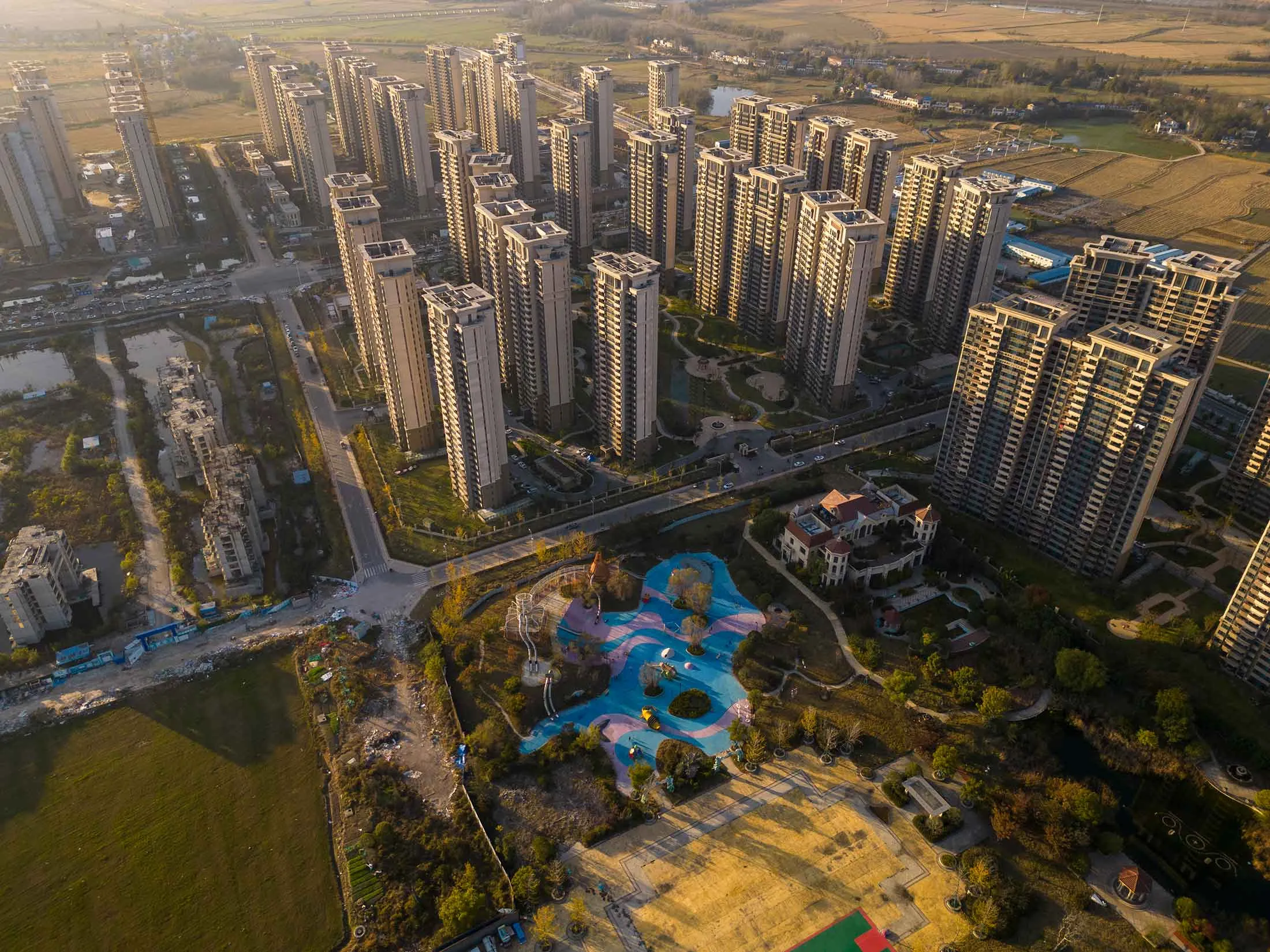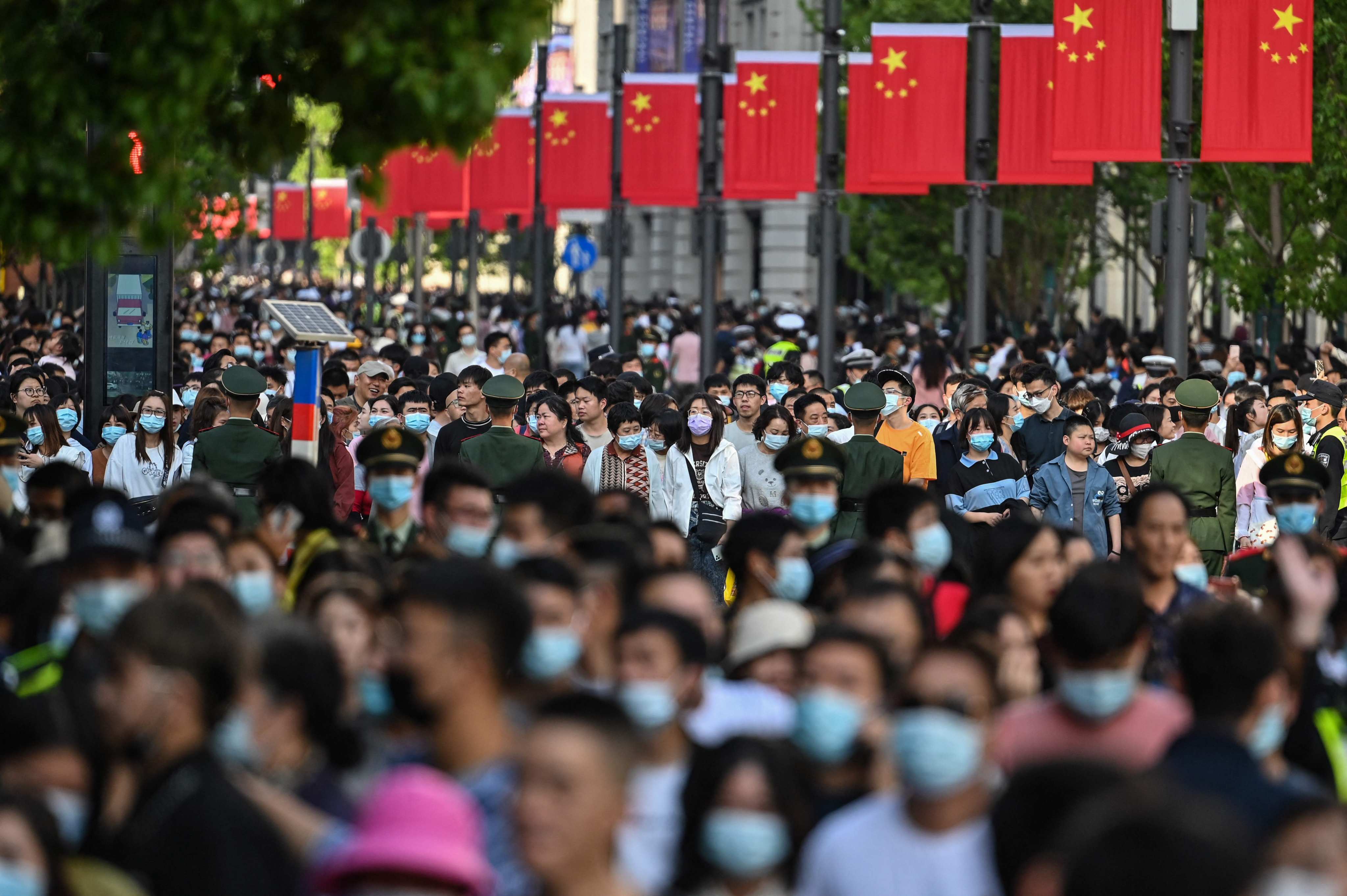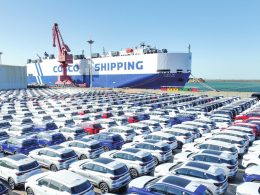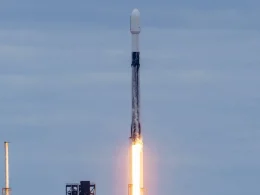Iron Ore Futures Drop Below $100 Amid China Demand Concerns: A Comprehensive Analysis
The iron ore market is in flux, with futures prices recently falling below $100 per ton, a stark contrast to the highs seen in recent years. This drop is a result of diminishing demand from China, the world’s largest steel producer and the primary consumer of iron ore. China’s shifting economic priorities, efforts to reduce carbon emissions, and the real estate sector’s struggles have contributed to weakening demand. The effects are far-reaching, impacting global supply chains, economic stability in resource-exporting countries, and financial markets.
This article delves into the causes behind the slump in iron ore prices, the changing dynamics of China’s demand, the impacts on major suppliers like Australia and Brazil, and the broader implications for the global economy.

1. Iron Ore’s Price Decline: An Overview
Iron ore prices have fluctuated significantly over the past few years, reaching a record high of nearly $230 per ton in mid-2021 due to supply constraints and surging demand. Since then, prices have gradually declined, hitting a new low below $100 in recent months. China’s weakening economy is the primary driver of this downward trend, as the country’s economic shifts influence global demand for iron ore and other industrial commodities.
Iron ore’s recent decline can be attributed to multiple factors:
- Economic Slowdown in China: China’s GDP growth has been slowing, dampening its need for steel in infrastructure and property development.
- Environmental Policies: China’s push toward reducing carbon emissions has led to output restrictions on its steel industry.
- Weak Real Estate Sector: Financial constraints in China’s property market are reducing the need for new construction, limiting steel demand.
2. China’s Economic Factors and Policy Shifts
Slowing Economic Growth
China’s economic growth has been decelerating, with GDP growth dropping below previous double-digit levels. The slowdown has been influenced by both external and internal factors, such as trade tensions with the United States, a global economic downturn post-COVID-19, and structural issues within China’s economy.
Steel production is highly correlated with China’s economic growth rate. As growth slows, so does the demand for construction and infrastructure, which are primary consumers of steel. Reduced infrastructure spending translates to lower steel demand, which in turn curtails the demand for iron ore.
Real Estate Market Troubles
China’s real estate sector has long been a cornerstone of its economic engine, but the past two years have brought unprecedented challenges to this market. Major property developers, such as Evergrande and Country Garden, have faced debt crises that have shaken investor confidence and reduced construction activity across the country. Many companies in the sector face liquidity issues and are scaling back or halting new construction projects altogether.
This decline in real estate development has a direct impact on steel demand. Residential and commercial buildings are key consumers of steel, and a drop in construction activity directly reduces demand for steel, and thus iron ore. The Chinese government has been reluctant to implement large-scale bailouts in the sector, focusing instead on targeted interventions to prevent widespread economic fallout.
Environmental Policy Pressures
In recent years, China has intensified its commitment to reducing carbon emissions, aiming to peak carbon emissions by 2030 and achieve carbon neutrality by 2060. Given that steelmaking is one of the most carbon-intensive industries, the government has introduced stringent emissions controls, encouraging industries to adopt cleaner production methods.
To meet its emissions goals, China has placed annual caps on steel production and encouraged the adoption of Electric Arc Furnaces (EAF), which rely on scrap metal rather than iron ore. While EAF technology is still being phased in, this shift represents a significant long-term change in China’s approach to steel production. As blast furnaces decrease in usage, China’s iron ore demand may continue to shrink over the coming years.

3. Supply and Geopolitical Factors Contributing to Price Volatility
Increasing Iron Ore Production and Oversupply
Despite declining demand from China, global iron ore production has been rising. Brazil, one of the top producers, has been ramping up production after recovering from the disruptions caused by the Brumadinho dam disaster in 2019. Similarly, Australian miners like BHP, Rio Tinto, and Fortescue Metals have been expanding operations, expecting continued growth in demand.
The simultaneous increase in supply and drop in demand has led to an oversupply in the market, adding to downward pressure on prices. While some producers may eventually scale back production to restore price stability, these adjustments take time to implement.
Geopolitical Tensions and Trade Restrictions
Global geopolitical factors have further influenced the iron ore market, creating uncertainty and affecting prices. For example, trade tensions between Australia and China have raised questions about supply stability. Although China has not imposed formal restrictions on Australian iron ore, strained relations could impact trade policies in the future, as China may seek to reduce its reliance on Australian imports.
In addition, sanctions on Russia due to its invasion of Ukraine have disrupted global steel and iron ore supply chains. Russia is a notable producer of steel, and sanctions have prompted buyers to seek alternatives, further contributing to market volatility.

4. Impacts of Iron Ore Price Slump on Key Economies
Effects on Australia
Australia, as the world’s largest iron ore exporter, is particularly vulnerable to fluctuations in iron ore prices. Iron ore exports contribute significantly to the country’s GDP, and the mining sector provides substantial employment in regions like Western Australia. The recent price slump has implications for tax revenues, government budgets, and even Australia’s trade balance. If prices remain low, the Australian economy may face pressure, especially as mining companies reduce profit margins or scale back operations.
Effects on Brazil
Brazil, another top producer, is also highly dependent on iron ore exports. Vale, the country’s leading mining company, plays a crucial role in Brazil’s economy, and lower iron ore prices could impact both its revenues and the nation’s economy. This is especially concerning for Brazil, which is already grappling with inflation and fiscal deficits. A protracted period of low prices could lead to reduced investment in the mining sector, affecting Brazil’s long-term growth prospects.
Impact on Global Inflation and Infrastructure Projects
Lower iron ore prices may have a positive impact on global inflation, especially by reducing steel costs for construction projects. In regions like the U.S. and Europe, where infrastructure investment is a priority, cheaper steel may reduce the overall costs of projects, easing inflationary pressures. However, if low prices persist, they could discourage new investments in mining infrastructure, leading to supply issues when demand eventually recovers.

5. The Future of Iron Ore: Factors to Watch
Prospects of Demand Recovery in China
The pace of China’s economic recovery and the government’s approach to real estate and infrastructure will play a critical role in shaping the future of iron ore demand. The Chinese government has shown some willingness to stimulate the economy but has refrained from aggressive policies. Any significant fiscal stimulus, particularly in the form of infrastructure investments, could potentially boost iron ore demand and stabilize prices.
Potential Adjustments in Supply
If low prices persist, some iron ore producers may begin to scale back production to reduce market oversupply. For example, smaller mines or higher-cost producers may temporarily halt production to avoid operating at a loss. These adjustments may help stabilize prices in the medium term, though major miners like BHP, Rio Tinto, and Vale are less likely to make significant cuts due to their low-cost production structures.
Transition to Low-Carbon Steelmaking
The global steel industry is in the early stages of transitioning to greener production methods, such as hydrogen-based direct reduction processes and Electric Arc Furnaces (EAF) that utilize scrap metal instead of iron ore. As governments worldwide, including China’s, enforce stricter emissions standards, steel producers will increasingly adopt cleaner technologies. This shift represents a structural change that could reduce demand for iron ore over the long term.
Conclusion
The decline of iron ore futures below $100 per ton reflects complex and interwoven global dynamics, with China’s economic slowdown and policy shifts as key drivers. From environmental policy changes to real estate sector issues, China’s steel demand has been significantly dampened, impacting prices worldwide. At the same time, an oversupply from major producers and geopolitical factors further compound the volatility of iron ore markets.
For major iron ore exporters like Australia and Brazil, prolonged low prices present economic risks. For the global economy, lower iron ore prices may alleviate some inflationary pressures but could discourage investments in mining, impacting future supply when demand rebounds.
As China continues to shift toward greener practices, the long-term demand landscape for iron ore will likely undergo a transformation, potentially establishing a new baseline for iron ore prices. Whether this price level stabilizes or continues to fluctuate will depend on China’s economic recovery trajectory, the global response to sustainable steel production, and the iron ore industry’s ability to adapt to a changing demand environment.










